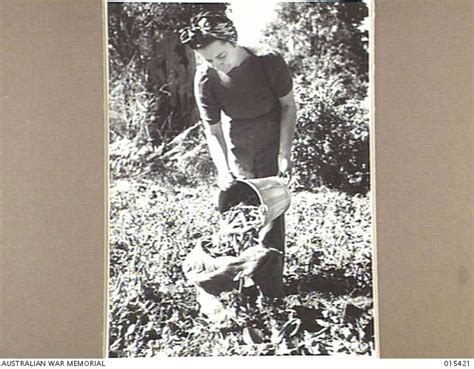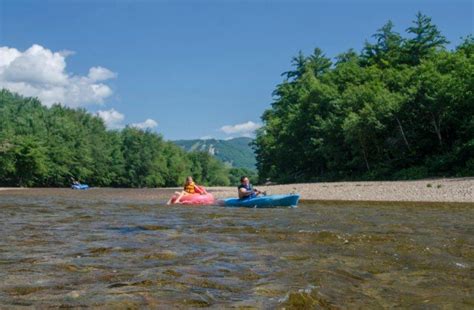Once peas have reached 5-8cm (2-3in) in height, and their tendrils begin to reach out for support, it’s time to place stakes next to the plants. This is a crucial step in ensuring your climbing plants, like peas, have the support they need to thrive. Using stakes or netting can greatly enhance the growth and yield of these plants.

If you have an existing wall or fence, fixing a solid trellis or leaning bamboo poles against the wall can provide an excellent support system for climbing plants. This method is particularly useful for gardens with limited space, as it allows for vertical growth of plants like sweet peas, runner beans, and climbing vegetables.
For a more structured approach, some gardeners use wire sheep netting held up with posts at each end of the rows. This method is effective in supporting a wide range of climbing plants, ensuring they have the necessary support to grow upwards and produce a bountiful harvest.
It’s also important to protect your plants from pests. Insect mesh netting, like Veggiemesh, can safeguard your crops from a variety of insect pests such as cabbage root fly, carrot fly, cabbage white butterfly, pea moth, leek moth, cutworm, onion fly, and leaf minors. This type of netting is especially useful in protecting the delicate seedlings and developing pods from being damaged by these pests.
When selecting netting for your garden, consider options like Garden Netting (search). This type of netting is designed to support all kinds of climbing plants and can be an essential tool for a successful and beautiful garden.
Finally, when choosing supports for your garden, it’s important to consider the specific needs of your plants. Some plants, like peas, require lightweight support, whereas others, such as peonies or dahlias, may need individual staking to appreciate their blooms fully. As long as the area receives sufficient sunlight, your climbing plants should thrive with the right support system.

